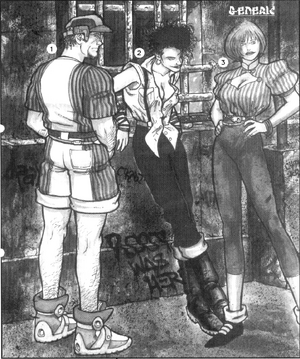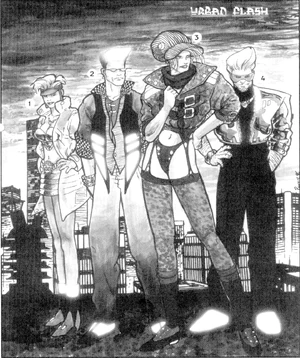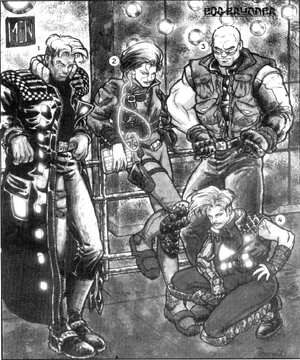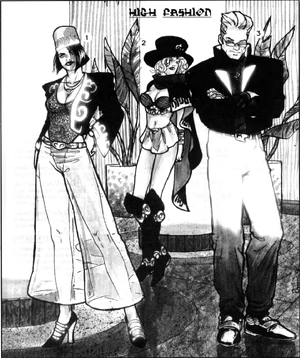In the vibrant and gritty world of cyberpunk, fashion isn’t just about looking good—it’s about identity, status, and survival. The aesthetic of cyberpunk fashion profoundly reflects a blend of technology and human expression, making it an essential aspect of the genre’s narrative. In this article, we will delve into the various styles, influences, and cultural significance of cyberpunk fashion.
Cyberpunk fashion can be characterized by its juxtaposition of high-tech and low-life. It combines futuristic technology, edgy designs, and urban street culture to create an aesthetic that is both striking and meaningful. With the rise of megacorporations and a shift toward individualism, your outfit can dramatically affect your social standing.
Clothing in this world is categorized into several distinct styles, each with its own unique qualities and subcultures. Among these, the Generic Chic style assumes a prominent role. It represents the foundation of everyday fashion in a cyberpunk world, offering a synthetic and modular look that is affordable yet lacking in individuality. This style tends to resonate with the average population, often typified by casual, functional clothing.
The following image showcases an example of Generic Chic, illustrating the practical yet bland nature of this fashion:

Image: Source Cyberpunk Wiki
In contrast to Generic Chic, Urban Flash embodies a more audacious and extravagant style. This fashion caters to those who live for attention and want to project an image of wealth and power through their attire. Urban Flash is characterized by vibrant colors, bold patterns, and innovative fabrics that catch the eye while illuminating the wearer’s personality and lifestyle.
The following image depicts Urban Flash, representing the eye-catching and playful side of cyberpunk fashion:

Image: Source Cyberpunk Wiki
Another notable style is the Edgerunner look, which melds functionality with a stark aesthetic of survival. Typically embraced by those who walk the fine line between crime and heroism, Edgerunners often opt for clothing that embodies toughness and readiness for combat. This style incorporates armored gear and utilitarian elements, designed for those navigating the dangerous streets of a cyberpunk universe.
Here’s an image that perfectly captures the essence of Edgerunner fashion:

Image: Source Cyberpunk Wiki
With the evolution of these styles comes the high and low ends of fashion—thus, we have High Fashion and Leisurewear. High Fashion represents the elite stratum of society, featuring expensive and tailored pieces that denote high status. It infuses luxury into cyberpunk aesthetics, ensuring that wearers stand out in the social hierarchy. Meanwhile, Leisurewear provides comfort infused with style, appealing to those who value relaxation without sacrificing their fashion statement.
The following image illustrates the elegance associated with High Fashion in a cyberpunk setting:

Image: Source Cyberpunk Wiki
At the other end of the spectrum, styles like Bag Lady Chic and Bohemian fashion stand as a form of rebellion against the over-consumption that characterizes the cyberpunk elite. These styles utilize thrifted or patched clothing to create layers that signify a laid-back, anti-capitalist attitude. They play with the aesthetics of disarray, reminiscent of an era that rejects the mainstream fashion industry.
The consistent theme throughout all these fashion styles is that personal identity is intimately linked to clothing choices. Whether one wears high-end pieces or rugged, handmade garments, each style communicates messages about social class, lifestyle, and personal values. The blending of technology with human expression in cyberpunk fashion not only creates striking visuals but also represents the struggles and stories within the dystopian universe.
As we immerse ourselves in the world of cyberpunk, understanding its fashion gives us insights into the broader cultural implications of technology and identity. Each attire is more than fabric; it is a narrative that speaks to a reality where fashion dictates the social landscape.